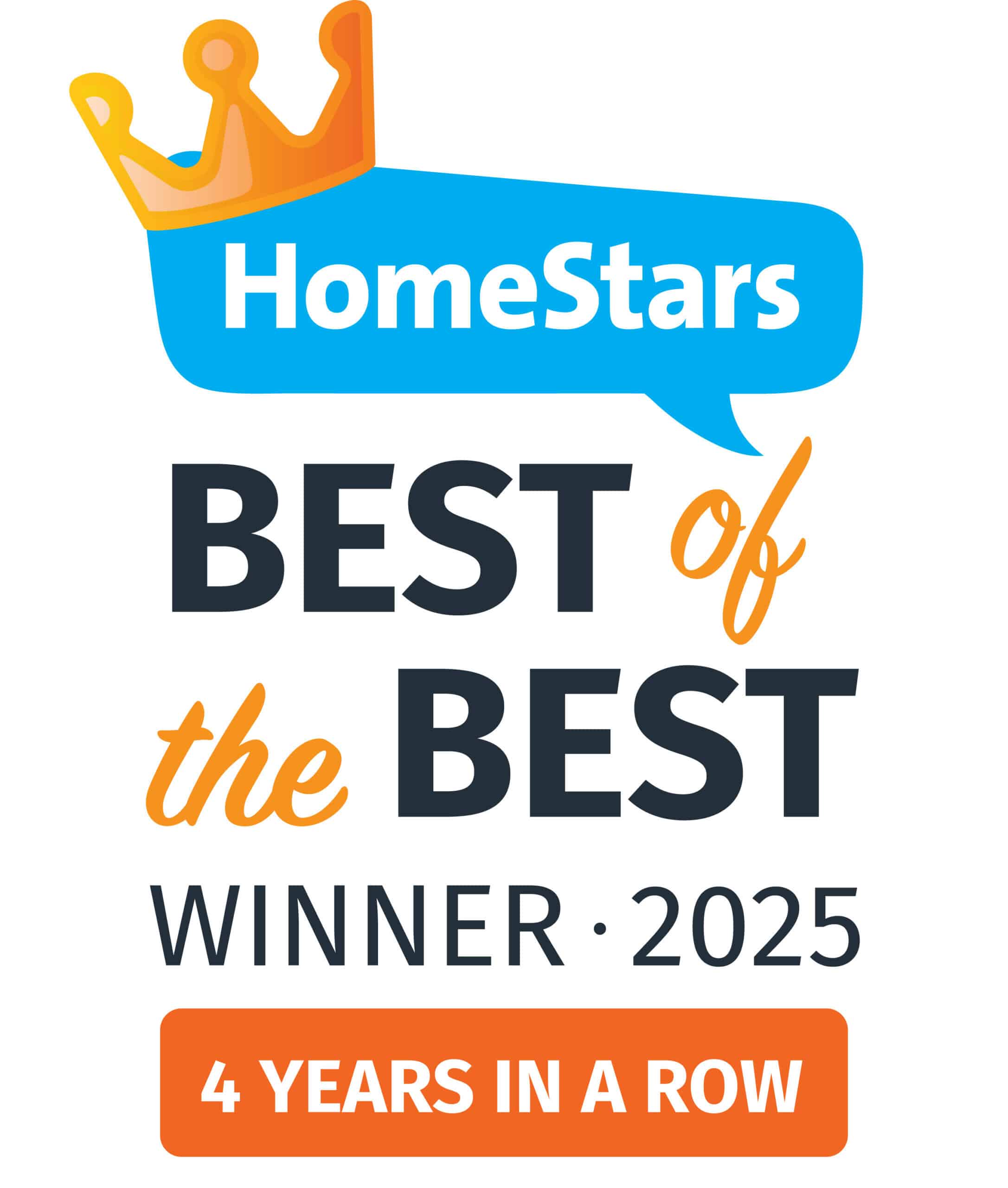Environment Canada is calling for continued cool, sunny weather with high’s in the range of 15-20oC. There is a RISK OF FROST TONIGHT in many areas.
Growing Degree Day accumulations to the end of Thursday, Aug 25 (GDD 10oC / GDD 50oF).
(Courtesy of Environment Canada). These numbers are only a guide for monitoring purposes. The temperatures at your production facility can vary significantly from the nearest weather station.
| Borden: 1106 / 1991 | Oshawa: 1164 / 2095 | Hamilton RBG: 1296 / 2333 | |
| Vineland Stn: 1369 / 2464 | London CS: 1295 / 2331 | Windsor A: 1548 / 2786 | |
PLEASE NOTE: The Following Pesticide Recommendations are meant for Exception Uses (e.g. agriculture) under the Cosmetic Pesticide Ban unless the active ingredient is listed under Class 11 pesticides in Ontario Regulation 63/09, effective April 22, 2009. www.ontario.ca/pesticides
The 33rd annual Canadian Greenhouse Conference is coming to the Scotiabank Convention Centre (Niagara Falls, ON) October 4 and 6th. http://www.canadiangreenhouseconference.com/
Nursery-Landscape Insect Pest ID: Dave Cheung’s Common Pests of Nursery-Landscape database is available online. Check out www.dkbdigitaldesigns.com/clm
Weed Identification ONLINE: http://www.weedinfo.ca/home.php
Up to half of the annual fertilizer requirement may be applied to field and landscape plants, after top growth ceases (mid-September to mid-October). Autumn is a major root growth period for woody and herbaceous perennials. Roots will grow and absorb nutrients whenever soil temperatures remain above 5°C (conifers will grow at even lower temperatures).
Now is the time to start putting out rodent bait for vole control in the nursery and landscape (especially where container plants are pot tight). By putting out bait in September, you can prevent populations from getting out of control. Place bait stations in areas known to be infested such as grassy fence rows, weedy patches and walkways between containers and polyhouse frames. Try to have about 10 bait stations per acre of production area.
VARIOUS ORNAMENTALS:
Bagworm (Thyridopteryx ephemeraeformis) has been reported widely in the neighbouring United States. At this time, �bags� can be found on branch tips (resembling small conifer cones). The bags can be picked off and destroyed in autumn to reduce the number of larvae next spring.
Black vine weevil larvae are hatching and feeding on roots in CONTAINER production. Where black vine weevil larvae are a problem in CONTAINER PRODUCTION (e.g. perennials, evergreens), nematode applications for larvae should begin in September. A good species choice is Heterohabditis bacteriophora. This species has shown excellent efficacy in container production trials.
Viburnum leaf beetle adults have laid their eggs on the twigs of Viburnum. Look for holes and skeletonised foliage on Viburnum leaves. Turn the new twigs upside down and you will see rows of brown, bumpy caps on the underside of the green twig. By pruning out egg mass infested twigs, you can reduce the population of hatching larvae next spring.
DECIDUOUS WOODY AND HERBACEOUS PERENNIALS:
Monitor for common leaf diseases such as leaf spot and anthracnose on herbaceous perennials and deciduous shrubs (Rosa, Prunus, Cornus) and deciduous trees. These leaf diseases are more prevalent under late-day irrigation since foliage does not dry off before the evening, prolonging the leaf wetness period and encouraging disease sporulation and infection. Keep disease-prone ornamentals on a strict, mid-morning watering schedule.
Fall webworm larvae are still feeding on leaves inside webby tents on branch tips. We’ve seen them on Betula (birch) and Ribes (current), they are also common on Fraxinus (ash) and Juglans (esp. black walnut) and Prunus (cherry). Larval tents can be easily pruned out and destroyed (e.g. squished). Pruning out infested branches can be quite effective right now since there are multiple generations of this pest.
Magnolia scale crawlers are settling on permanent feeding sites on the undersides of branches. They are tiny, dark, flat scales about 1-2 mm long. Autumn is a great time to apply horticultural oil at the dormant rate to target the overwintering nymphs on the undersides of twigs.
Beech Scale crawlers may still be active. Adult females are covered in a white, wooly mass when mature and so they are easy to monitor this time of year. Use insecticidal soap and Landscape Oil or other registered chemical insecticides when peak hatch occurs. Fall and spring (dormant) applications of horticultural oil may also reduce beech scale populations.
Two-spotted spider mites (TSSM) can be found on greenhouse and outdoor grown ornamentals (woody and herbaceous). Our nursery scout confirms that TSSM populations are crashing with this cooler weather and miticides are no longer recommended for this pest so late in the season.
EVERGREENS:
Cedar leaf miner larvae are found inside the tips of new growth at this time. Late season shearing of Eastern white cedar hedges and specimen trees that have previously been infested with this leaf miner should be finished. Larvae inside clippings will not survive to complete their life cycle.
Taxus or Fletcher Scale (Parthenolecanium fletcheri) nymphs are migrating around foliage of Thuja and Taxus. Look for honeydew, black sooty mould and small, brown bumps (dead adult females) on foliage. The nymphs are pale tan, flattened, and about 1-2 mm long, you will need a hand lens. Applications of insecticides are not nearly as effective right now but may be warranted where nymph populations are still high.
Monitor for spruce spider mites on conifers with a history of mite damage. Monitor lower branches on the East side of the tree, this is where most of the feeding damage is done. Shake branches vigorously over a sheet of white paper (on a clip board) and count mites. Miticide applications (e.g. Floramite, Kanemite, Vendex) are recommended where populations are at damaging levels.
– See more at: https://lawnsavers.com/nursery-and-landscape-report-2011/nursery-and-landscape-report-for-september-16-2011.html#sthash.kMyUeuIh.dpuf






